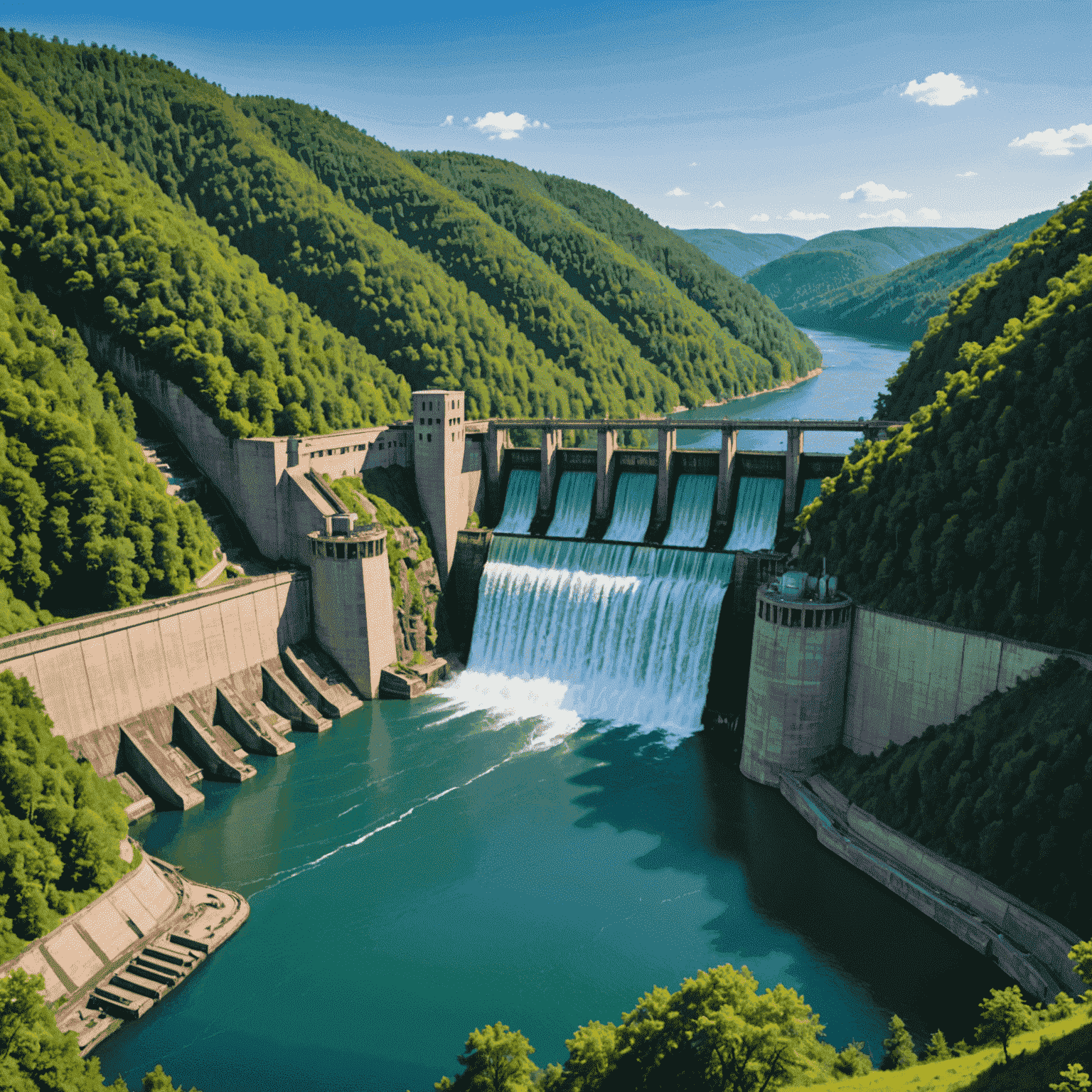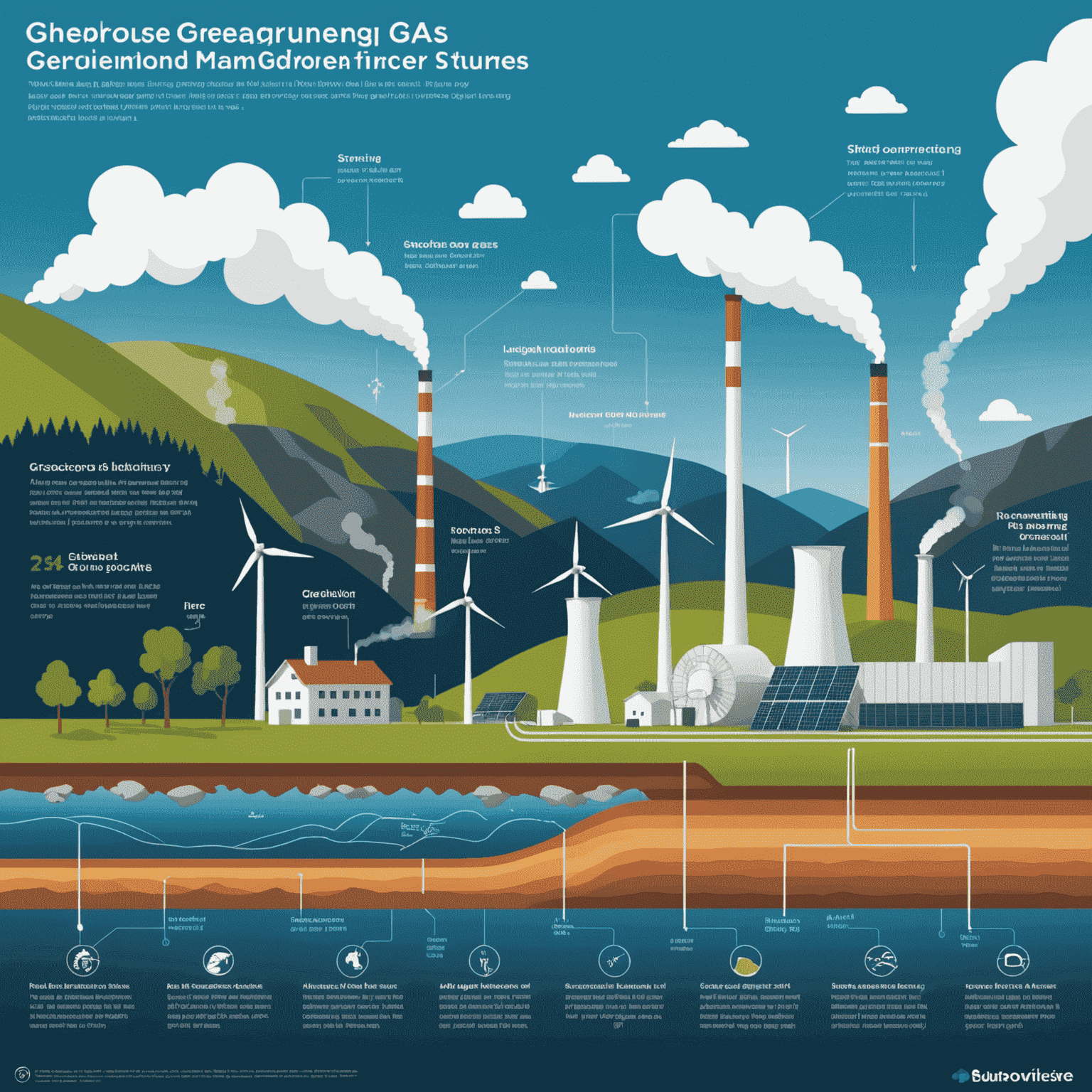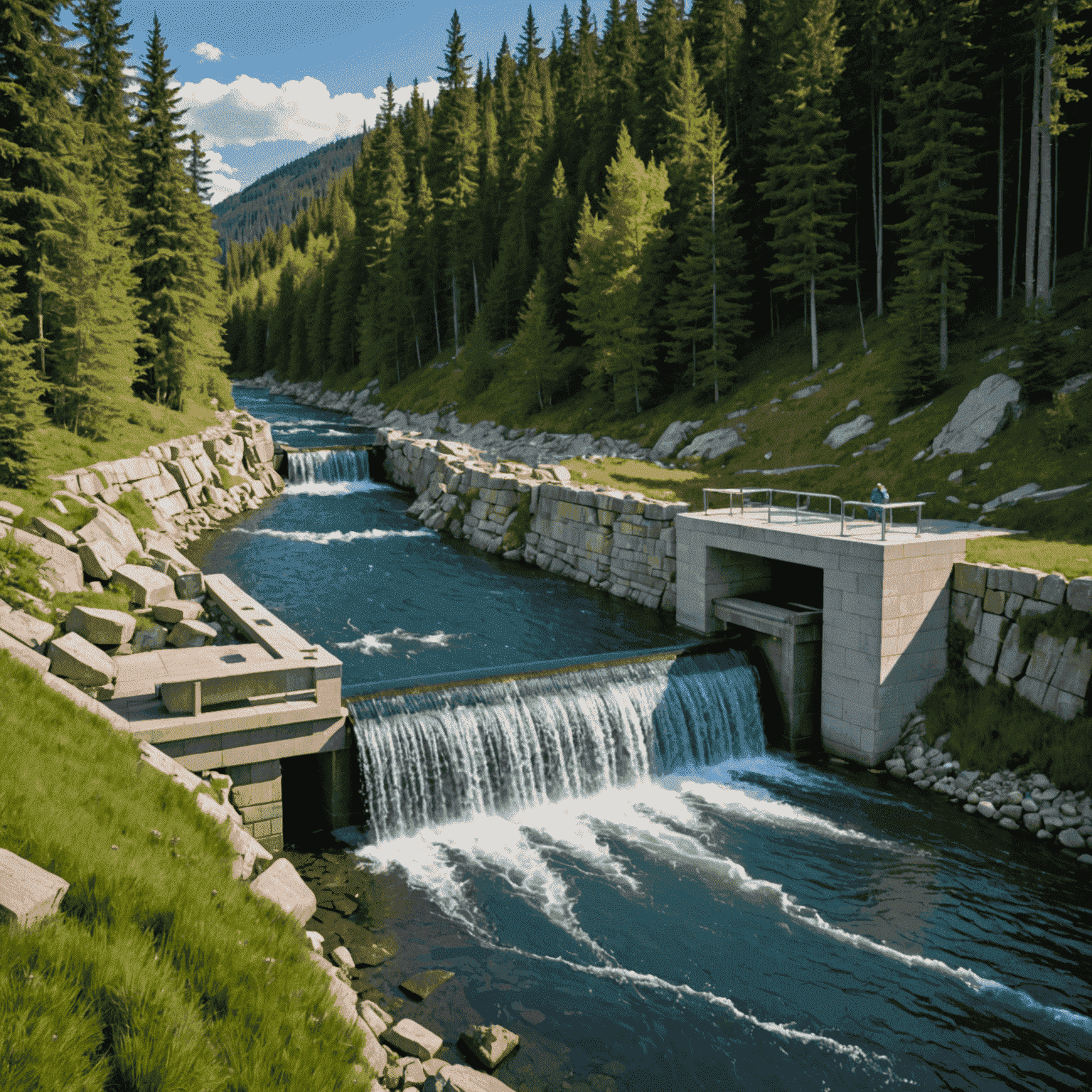Environmental Impact of Hydropower: Myths vs. Facts

Hydroelectric power has long been touted as a clean, renewable energy source. However, its environmental impact has been a subject of debate. Let's dive into the myths and facts surrounding hydropower's ecological footprint.
Myth 1: Hydropower Always Destroys Ecosystems
While it's true that large-scale hydroelectric projects can significantly alter local ecosystems, modern hydropower solutions have come a long way in minimizing environmental impact. Many of VitalGreen's projects incorporate fish ladders, controlled water release schedules, and habitat restoration efforts to maintain ecological balance.
Fact: Hydropower Reduces Greenhouse Gas Emissions
Hydroelectric power plants produce virtually no direct greenhouse gas emissions during operation. According to the International Hydropower Association, hydropower prevents the emission of about 4 billion tonnes of greenhouse gases annually, equivalent to the total annual emissions of North America.

Myth 2: Hydropower Always Leads to Water Scarcity
Critics often argue that hydropower dams cause water scarcity downstream. While water management is indeed crucial, well-designed hydropower systems can actually help regulate water flow, preventing floods and providing a steady water supply during dry seasons.
Fact: Hydropower Supports Grid Stability and Energy Independence
Hydroelectric power plays a vital role in grid stability. Unlike some other renewable sources, hydropower can be quickly ramped up or down to meet fluctuating energy demands. This flexibility makes it an excellent complement to intermittent renewables like wind and solar, supporting overall energy independence.
Balancing Act: The Future of Sustainable Hydropower
At VitalGreen, we believe in harnessing the power of water responsibly. Our approach focuses on:
- Implementing cutting-edge technologies to minimize environmental impact
- Collaborating with local communities and environmental experts
- Investing in research to further improve the sustainability of hydropower
- Developing small-scale and run-of-river projects that have lower ecological footprints
As we strive for energy independence and a cleaner future, it's crucial to consider hydropower's full potential while addressing its challenges head-on. By embracing innovation and responsible practices, we can ensure that hydroelectric power remains a key player in the renewable energy landscape.

VitalGreen is committed to developing hydropower solutions that not only drive energy independence but also preserve and enhance our natural environment. Together, we can power a sustainable future.